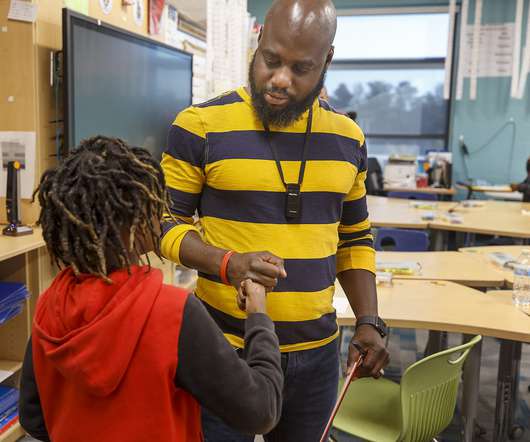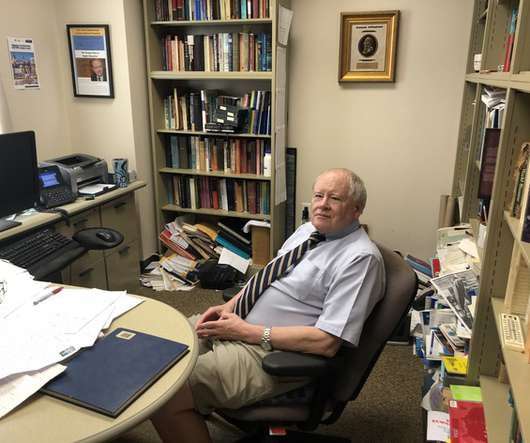Who will Teach the Children?
EdNews Daily
FEBRUARY 7, 2020
Among teachers who transferred between schools, lack of planning time (65 percent), too heavy a workload (60 percent), problematic student behavior (53 percent), and a lack of influence over school policy (52 percent) were cited by the U.S. The percentage of teacher in their thirties dropped from 37 percent in 1990 to 22 percent in 2005.





















Let's personalize your content